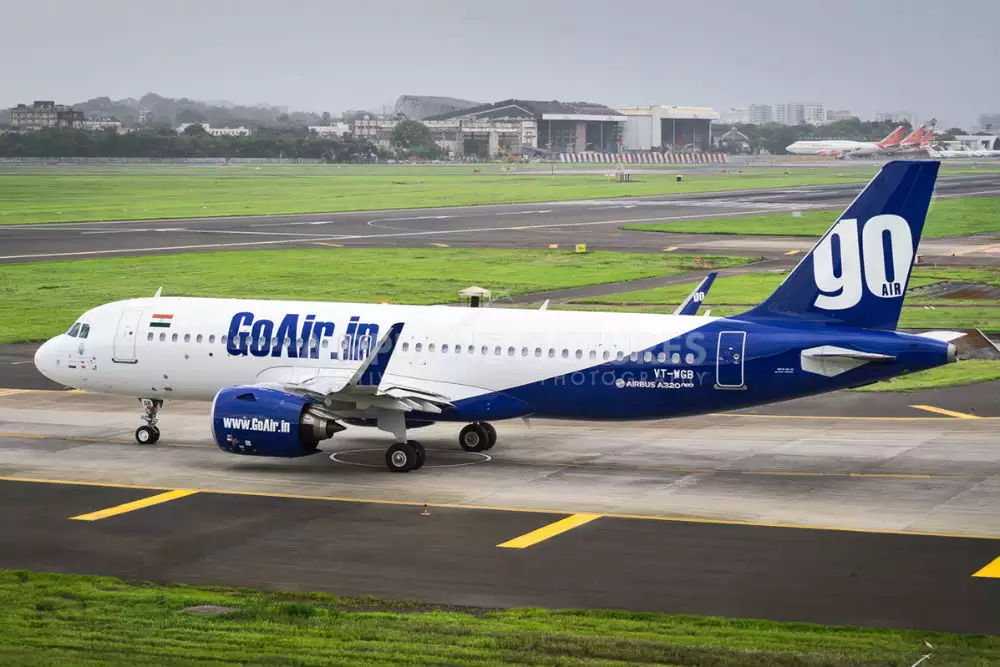Introduction:
The famous quote, “If you want to be a Millionaire, start with a billion dollars and launch a new airline,” sums up the challenging nature of the airline industry. Known for burning through cash, airlines worldwide struggle to maintain profitability. In this blog post, we will examine why Go Air, India’s 4th largest airline, declared bankruptcy and the unique challenges faced by the Indian airline industry.
A Glimpse into the Financials of Airlines:
Airlines generate revenue primarily through passenger fares, cargo, and food and beverages. However, they also face substantial costs like leasing, fuel, maintenance, and salaries. The high cost of operation results in a slim profit margin. For example, Indigo reported a profit of Rs.1,418 crore in December 2022 on revenue of Rs 14,932 crore.

Challenges Faced by Indian Airlines:
- Dependence on Unstable Oil Prices and Heavy Taxes: Indian airlines are significantly affected by fluctuating oil prices and high taxes on fuel. This dependency increases the unpredictability of their operational costs.
- Strict Security Measures and Regulatory Compliance: Airlines in India must comply with stringent security measures and DGCA (Directorate General of Civil Aviation) guidelines, adding to their operational expenses.
- Fixed Costs: Leasing and parking costs remain fixed for airlines, even if their profits vary. Unsold seats contribute to a financial burden, as these fixed costs do not change.
- Highly Competitive Environment: The Indian airline industry is fiercely competitive, with market leaders like Indigo holding a 55% market share. Smaller airlines, such as Go Air, struggle to maintain their position and profitability.
- Lack of Brand Loyalty: Indian consumers are known for prioritizing cost over brand loyalty. People are willing to switch from one service to another for even minor savings, making it challenging for airlines to establish a loyal customer base.
The Downfall of Go Air:
One significant factor contributing to the bankruptcy of Go Air was the grounding of nearly half its fleet due to faulty Pratt & Whitney engines. Operating at reduced capacity in an already competitive industry sealed the airline’s fate, leading to its eventual bankruptcy declaration.
Conclusion:
The airline industry, particularly in India, faces numerous challenges that make profitability a constant struggle. With high costs, fierce competition, and fickle customer loyalty, it’s no surprise that even well-established airlines like Go Air can find themselves on the brink of bankruptcy. As the industry continues to evolve, it will be crucial for airlines to adapt and find innovative solutions to stay afloat.


Leave a Reply